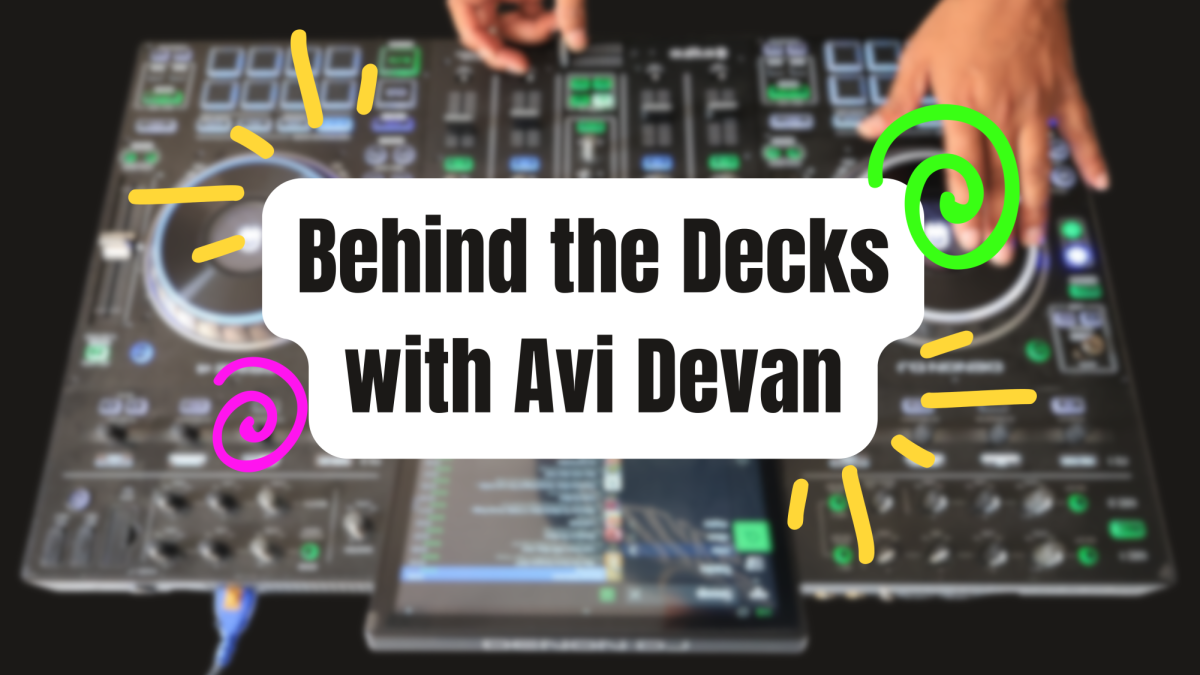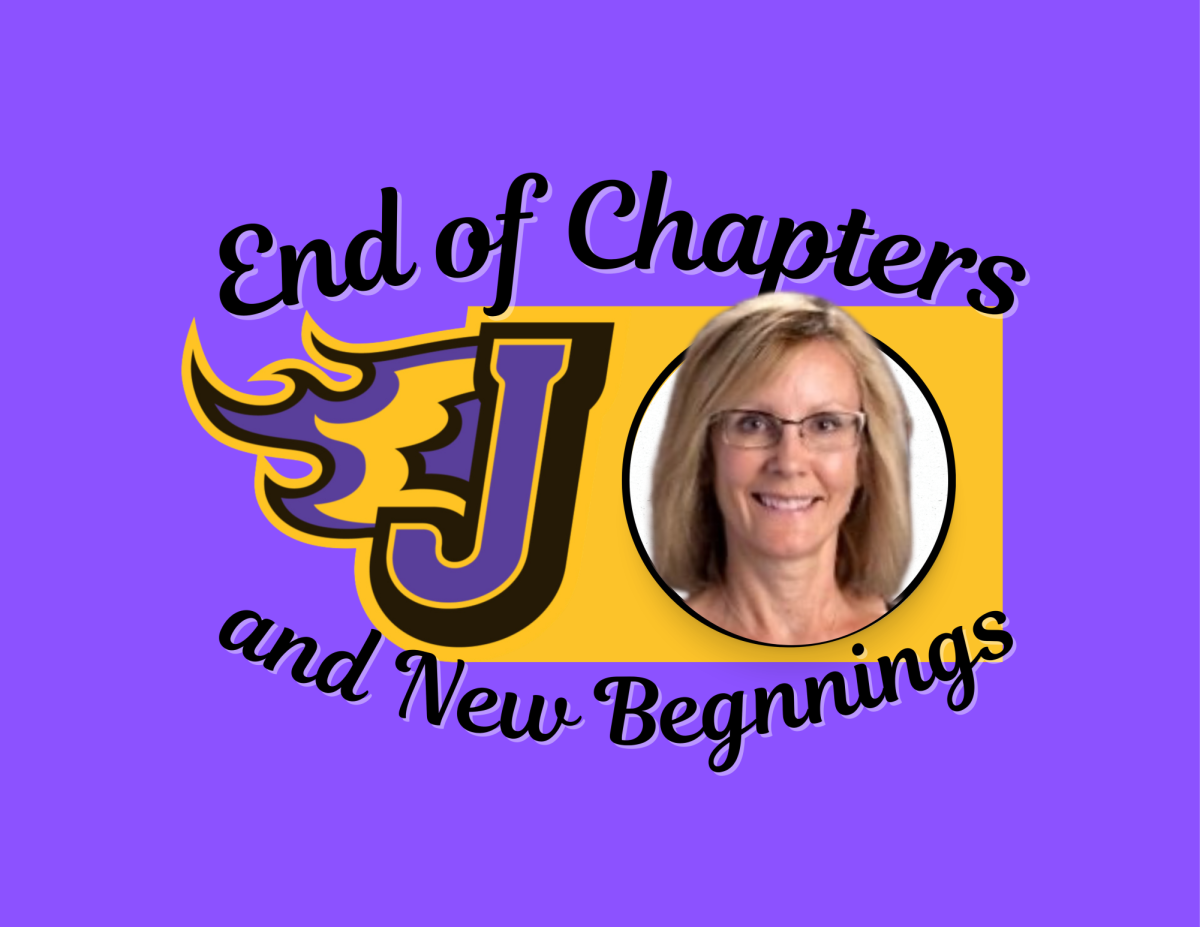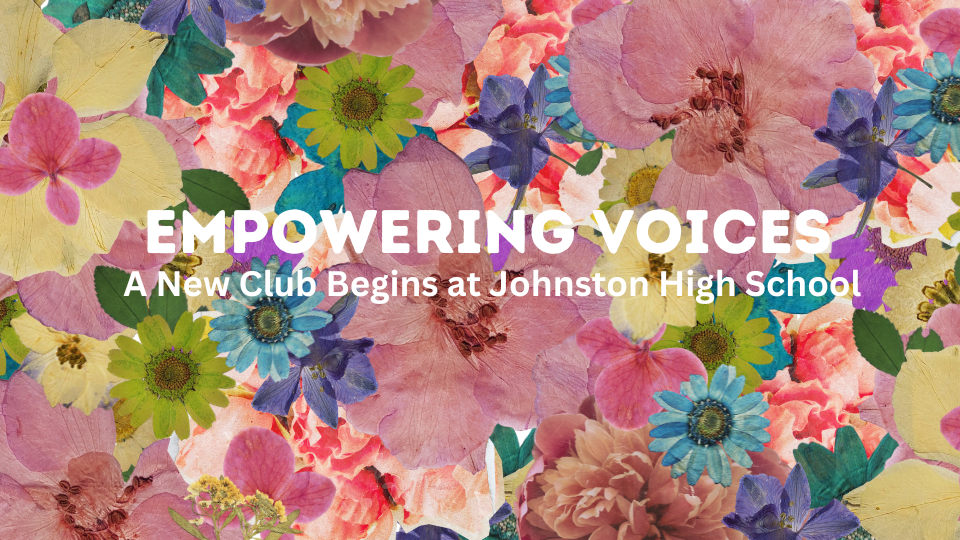Forget ISASPs, ACTs, and SATs. The real test is being a ten-year-old faced with a choice: which instrument should I play? When senior Joshua Janni and his American Sign Language interpreter Julie Drake, walked into the band room seven years ago, doubts were thrown around. Despite being deaf, Janni took his seat in the third row surrounded by his fellow saxophones.
“I kinda knew I always wanted to play the saxophone. It was a challenge I was ready to take on,” Janni said.
Janni was adopted from Shanghai, China, at the age of three and was diagnosed as profoundly Deaf. The hairs in his cochlea were deteriorating. To help, Janni had hearing aids from ages four to nine. His mom Rebecca, recalls her surprise at his choice to wear them.
“I had been told that there was a good chance that he would refuse to wear them most of the time. It shocked me when he would tap his ears asking for them to play piano,” Rebecca said. “I remember, though, he would always take them off when his sister, Anna played the violin. She was a talented violinist, but the high pitches were uncomfortable for him.”
At nine years old, Janni received his first of four surgeries to replace his cochlear implants (CI).
“I was pretty nervous but really open-minded about this process. Ultimately, my parents made sure I knew it was my choice, they would never force me to get a surgery I didn’t want,” Janni said.
These implants allowed Janni to hear sounds through eight electrodes, four in each ear, bypassing the cochlea to stimulate the auditory nerve, creating noise. Each wire records one range of pitch from low to high.
“It was cool to hear noise for the first time, even if that monumental first noise was just a beep, but it took me a long time to get used to them. They were very different from my hearing aids,” Janni said.
This streak of usage took a different turn in October 2023 when Janni began to experience “tinnitus”, a ringing or buzzing sound in the ears. Janni experiences it most when he wears both CIs for long periods.
“Wearing two CIs causes basically an overload of noise to my head. It’s so annoying and gives me horrible migraines. I’ve left school so many times feeling exhausted and disoriented from the noise,” Janni said.
Janni most often wears his right CI in his daily life. Some mornings he’ll come to school with none on, when the world is as he describes, “a calming, distraction-free environment.” Janni relies on his interpreter, Mrs. Drake, to interpret all directions and announcements.
“Mrs. Drake has been with me ever since first grade at Beaver Creek [Elementary school]. I’m very grateful she is always by my side and has assisted me through my education. Our relationship is a very rare opportunity because there is such a scarcity of ASL interpreters in Iowa,” Janni said.
There are other times in school that Janni experiences “sign language” used in the hallways and in small groups.
“People don’t know how to interact with Deaf people. It’s happened so many times, people have seen me and just started signing curse words or random words they know in ASL at me. I appreciate those who actually make an effort to spell their name and try to learn the language instead of using it as another way to curse their friends out without the teacher knowing…it gets really frustrating and tiring,” Janni said.
As Janni got more and more used to his CIs, and hearing people’s ignorance, it was clear he had a special talent and passion for one thing: music.
“My whole family loves music. [My sister] Anna does violin and plays for Stanford’s orchestra…, [my brother] Jacob was in Innovation [show choir] and now is in Iowa State’s choir…, my mom played flute, piano and French horn and has sung in church and community choirs,” Janni said.
Through his family’s love for music, Janni was granted the opportunity to play his older brother’s saxophone and begin his seven years in Johnston’s music program. This season has been Janni’s last in marching band, and it’s safe to say that it hasn’t always been easy.
“Marching band is fun. It can be really challenging, but you learn so many impressive skills and make so many friends through your section group,” Janni said.
On top of marching, kneeling, and running across the field with proper ‘marching posture,’ Janni and the rest of the JHS Varsity Marching Band must master their instrument. This begs the question: how does one master a song without being able to hear it? The answer in Janni’s words is simple, ‘just do it’.
“It’s like learning any other skill like sports or anything. You can dribble a basketball to get good the same way I play a scale to improve my skill. The way I learn it is just different from others, that’s all,” Janni said.
Throughout Janni’s life, whether it’s from learning how to say “mama” by feeling his mom’s throat to playing saxophone for seven years, Janni mastered sound by matching pitch with vibrations. That’s right, vibrations. The reed vibrates differently depending on if it’s in tune.
“It’s almost like, how do you know eating mud is wrong? It’s the same principle with notes, [if it’s wrong] the feel is just… not right,” Janni said.
In the band program, there are two bands a student can be accepted into: Symphonic and Wind Symphony. Between the two Wind Symphony is notorious for being the higher performing group.
“It’s definitely a really competitive band to get into. Once you get into it, though, it’s so much fun. Heeren is a fabulous teacher,” Janni said.
Since getting into Wind Symphony, Janni has given it all, showing teachers and peers alike that there is no such thing as a boundary he can’t break.
“No matter how impossible it seems, there is always a way…I think that’s what Yoda said?” Janni said.








